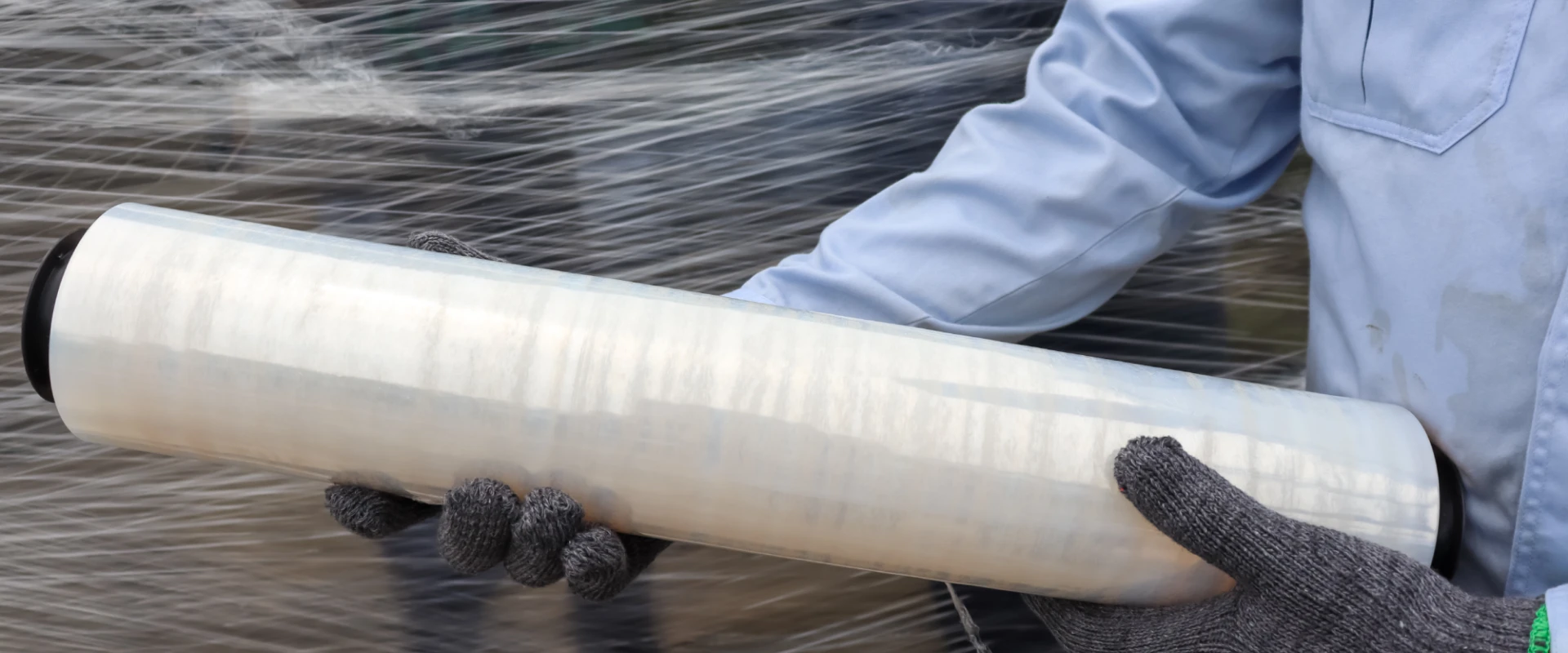Stretch wrap, a staple in packaging and logistics, has a fascinating history that mirrors advancements in material science and packaging technology. This versatile film has evolved from its rudimentary beginnings to become a crucial component in securing and protecting products during storage and transit. Here’s a look at the development of stretch wrap, highlighting its origins, technological advancements, and its role in modern packaging.
Origins of Stretch Wrap
The concept of using film to wrap and secure products dates back to the mid-20th century. The early forms of stretch wrap were simple, made from materials like rubber and early plastics. These early wraps were not as effective or reliable as modern versions, but they laid the groundwork for future innovations.
The Birth of Modern Stretch Wrap
-
1960s – The Advent of Polyethylene Film
The modern era of stretch wrap began in the 1960s with the introduction of polyethylene film. Polyethylene, a type of plastic, was chosen for its flexibility, strength, and stretchability. This period marked the development of basic stretch films that were used primarily for bundling and protecting products.
- Benefits:
- Flexibility: Polyethylene offers increased stretchability.
- Strength: Provides excellent strength and protection.
- Benefits:
-
1970s – Development of Blown and Cast Films
In the 1970s, significant advancements were made in stretch film production with the development of blown and cast film processes. Blown stretch wrap, produced through an extrusion process that involves blowing air into molten plastic, offered superior puncture resistance and strength. Cast stretch wrap, on the other hand, was produced by casting molten plastic onto a chill roll, resulting in a clearer and more uniform film. These innovations improved the performance and versatility of stretch wraps, making them suitable for a wider range of applications.
- Benefits:
- Improved Strength: Blown films offer superior puncture resistance.
- Clarity: Cast films provide clearer and more uniform wraps.
- Benefits:
Technological Advancements
-
1980s – Introduction of Pre-Stretched Films
The 1980s saw the introduction of pre-stretched stretch films, which were stretched during the manufacturing process before being wound onto rolls. Pre-stretched films provided improved performance with reduced material usage. They offered better load holding power and minimized film breakage, contributing to more efficient packaging and reduced costs.
- Benefits:
- Improved Performance: Pre-stretched films offer better load-holding power.
- Cost Efficiency: Reduced material usage lowers packaging costs.
- Benefits:
-
1990s – Advancements in Adhesion and Cling
The 1990s brought further improvements in stretch wrap technology, focusing on enhancing adhesion and cling properties. This period saw the development of films with improved cling characteristics that adhered better to themselves and to the loads they were securing. These enhancements led to more secure packaging and reduced the likelihood of loads shifting during transportation.
- Benefits:
- Enhanced Cling: Improved adhesion properties for better load security.
- Reduced Shifting: More secure packaging prevents shifting during transit.
- Benefits:
-
2000s – Introduction of Specialty Stretch Films
The early 2000s introduced specialty stretch films designed to address specific packaging needs. These included UV-resistant films for outdoor use, anti-static films for electronics, and biodegradable options for environmentally conscious packaging. The introduction of these specialized films expanded the range of applications and addressed various industry-specific requirements.
- Benefits:
- Specialized Options: UV, anti-static, and biodegradable films for specific needs.
- Environmental Awareness: Biodegradable options cater to eco-conscious packaging needs.
- Benefits:
The Role of Stretch Wrap Today
Today, stretch wrap is an essential tool in logistics and packaging, used in a variety of industries from food and beverage to pharmaceuticals and retail. Modern stretch films are characterized by their high performance, including:
- Enhanced Strength: Modern stretch wraps offer exceptional strength and durability, capable of securing even the heaviest and most irregularly shaped loads.
- Clarity and Visibility: Advances in film clarity ensure that the contents of wrapped packages are visible, facilitating easier inspection and handling.
- Environmental Considerations: The development of recyclable and biodegradable stretch wraps reflects growing environmental awareness and sustainability efforts within the packaging industry.
Conclusion: Find the Right Stretch Wrap for Your Needs at NTXSupply.com
The history of stretch wrap showcases its transformation from basic materials to advanced, high-performance films. As technology continues to evolve, stretch wraps remain a vital component in effective packaging and logistics solutions. For a wide range of high-quality stretch wraps tailored to your specific needs, visit NTXSupply.com. NTX Supply offers the latest in stretch wrap technology to help you secure and protect your products with confidence.

